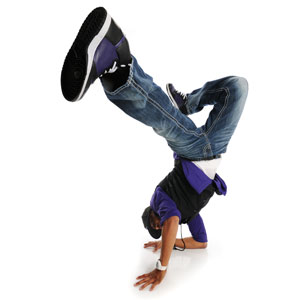“I think it’s a market. The colours in the scene are dim… sort of purpled, it seems like evening. There is a brick road running through the middle. Ripe bananas are arranged on the stalls at the left side of the road; oranges, pears and some other maroon coloured fruits are shadowing the bananas. Two people are walking down the street… or is it three…”
You can close your eyes and struggle to imagine the scene I’ve tried, with so many words, to create… Or you can just look at the above cover image. A picture is really worth a thousand words!
And that leads us to the very first principle of visual communication: Human beings are visual first, verbal second. It has been proven that our decisions and actions are based more on emotional reactions than rational thought. Visuals are powerful vehicles for evoking emotion and getting people to take action.
Visual Storytelling is communicating in forms that can be looked upon. It’s passing a message or telling a story with imagery. In the field of online marketing, effective visual communication goes a long way to help achieve goals and provoke the desired action from a target audience.
Here are five ways you can improve the impact of your online marketing visuals.
1. Pictures & Words

When pictures are paired with words it helps to drive in a message deeply into the mind of the audience. Pictures and words reinforce each other. In the field of cognitive science, we find the Allan Paivio’s theory of Dual Coding which shows that when verbal and visual media are used to communicate particular information, the human brain’s ability to encode that information to long term memory is greatly enhanced. Further studies have shown that captions under images are read on average 300% more times than the body copy of the story with which those images appear.
I guess if you have read this far, you’re one in 300!
2. Pictures Over Words

Your image must match your message. If it doesn’t, people will always go with the image and overlook the words. Our brains are designed to follow visual cues. If you are running a campaign to stop people from using a certain red box and you use a picture of somebody happily using a red box in the visuals of your campaign; Guess which box your audience is going to buy when next they go to the department store… Yes! The red box! So it’s critical that your image carries the message you intend to pass across.
3. Genuine Over Generic

People can almost identify a stock image with their eyes closed! And they just don’t connect with them as much as they do with an image that looks natural. We all know authenticity when we see it. Staged images are fake and forgettable. Candid photos are authentic and memorable. Feel free to grab a camera or employ a photographer and take your own local photographs. Local content always wins. You will definitely get stronger engagement.
4. People Relate to People

This point is very important. You can very easily establish common ground between your message and your target group by using visuals with people. Avoid pictures of people wearing sunglasses because they pass the impression of secrecy. Unless, of course, that’s the message you intend to pass. We are biologically programmed to look at people that look at us. We also connect best with people who are most like us. So use people who are in your target group. One more thing: Facial expressions are universally recognized among all cultures. A smile will win the day anywhere on the planet.
5. The Target Test

Don’t assume that your target group will react to a visual the same way you do. There are things you really shouldn’t guess, and this is one. Always test your visuals with your target audience. Run it by a sample group, get statistics/feedback and be ready to modify your visuals if necessary.

Uzoma Azuonye is a Creative Designer at Wild Fusion Limited. He has experience in Graphic Design, Illustration and Multimedia development. He’d love to go sky-diving someday.






